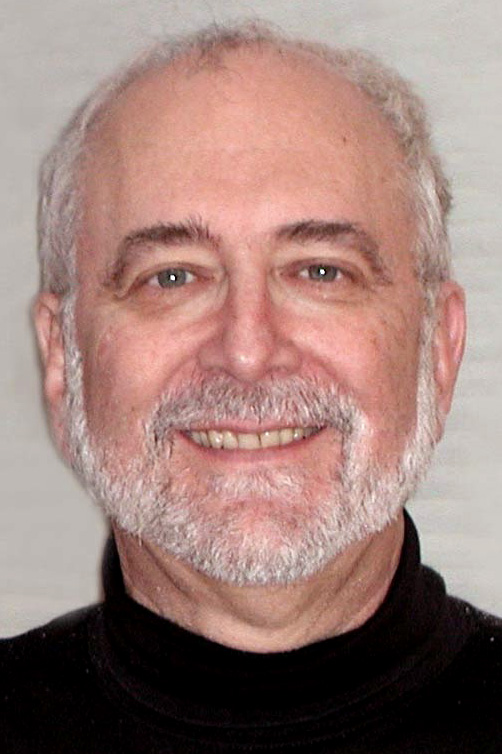


|
||
|
||
An international institutional battle of sorts has been playing out in a segment of the trade press over the past couple of weeks over the venue of the Oct 2027 World Radiocommunication Conference (WRC-27). The treaty conference held under the auspices of the International Telecommunication Union (ITU) Radiocommunication Sector is part of a continuum of intergovernmental activities that began in Berlin in 1903. As the GSMA notes, WRC-27 initiates “a new cycle of technical spectrum studies and starts to give clarity on the likely roadmap for spectrum bands supporting future mobile technologies [and] will also look at a range of other issues, one of which will be connectivity between satellite and mobile handsets, known as Direct-to-Device (D2D).”
These events—as they have for the past 122 years—occupied the energies of government authorities, product vendors, service providers, and user advocate groups as all the world’s nations determine by treaty provisions and technical standards how radio spectrum is used and the attendant obligations. Minute nudges in allocations and specifications can have significant, complex global consequences, and help implement the common interest of avoiding harmful interference.
Almost every regional and national government agency and industry organisation engages in years of preparatory processes and bilateral collaboration for these events. Six regions are involved. Forty years ago in June 1985, Ronald Reagan sent one of the most respected icons in the telecommunication world, Dean Burch, to further friendly relations and collaborate with China’s Minister of Posts Telecommunications in Beijing on the provisions of the satellite communications conference occurring later that year.
In recent years, China and Chinese companies have devoted significant cooperative and technical resources across a broad array of bodies worldwide to advance the potential satellite technologies and services affected by WRC-27. CircleID’s Larry Press has provided regular insights on the scale and progress. China’s own huge geography of remote regions and domestic market are facilitated through satellite communications to small form factor devices. China hosted in June 2024 the first Asia-Pacific Telecommunity (APT) preparatory conference at what would become the proffered venue—Shanghai.
The potential conflicts among different parties and interests at WRC-27 received candid treatment in 2024. Early this year, it became apparent that China was likely to host the event and collaboration was urged.
It became apparent in 2024 via the infamous Project 2025 tome that satellite communication systems and China-bashing would be a focus of the new U.S. Administration with the Starlink satellite system receiving prominent mention. Because these systems operate under ITU treaty instruments, WRC-27 was implicated—although the competing interests in allocating satellite and terrestrial radiocommunication spectrum get very complicated among diverse competing parties.
Not surprisingly, in May 2024 China formally submitted an invitation letter to the ITU General Secretariat to host WRC-27 and associated events at Shanghai and began undertaking preparations. Rwanda had also submitted an invitation to host the conference at Kigali, and the ITU Radio Sector Director visited and analyzed the venues. Shanghai obviously had far greater capacity. Rwanda subsequently withdrew the invitation.
On 23 June 2025, Trump’s Secretary of Commerce, Howard Lutnick, somewhat inappropriately with considerable chutzpah, sent a letter to ITU Secretary-General Doreen Bogdan-Martin with strident adversarial language stating: “In light of the unanticipated withdrawal of the Republic of Rwanda’s offer, the United States is ready and willing to provide a free and open environment for this crucial conference.” Somewhat amusingly, a local Geneva newsletter that saw the Lutnick letter noted his lack of contemporary history awareness and that “It will be worse for a lot of countries if it were in the US, given Trump’s migration policy and travel bans.”
The letter also placed Bogdan-Martin—who is a neutral international elected official whose secretariat is not even responsible for the conference conduct - in an embarrassing position as a U.S. national being recently re-nominated for a second term to be considered at next year’s Plenipotentiary Conference election.
It was Lutnick’s display of historical ignorance, however, that was especially noteworthy. He asserted “2027 marks the centennial of the 1927 International Radiotelegraphy Conference hosted by the United States, Washington DC, where the first table of frequency was approved…[and] [t]he table unlocked multitudes of new radio spectrum-based services, which have greatly contributed to economic prosperity and innovation around the world.”
The problem is that what Lutnick said is historically untrue. The first table of frequency allocations appeared in the 1906 Berlin Wireless Telegraph Convention. It was amended by the 1912 London International Radiotelegraph Convention, and further by the 1919 Paris EU-F-GB-I Protocol - ironically overseen by the U.S. Secretary of Commerce and further adjusted between 1920 and 1921. What subsequently ensued was less economic prosperity and innovation, than negotiating the contentious apportionment of radio resources among competing interests over incremental time periods.
After the U.S. signed and ratified its first ITU treaty instrument (the 1912 London Convention) following the sinking of the Titanic, the responsibilities fell to the Dept. of Commerce to implement and coordinated with the DOD branches which had long been engaged in ITU radio collaboration.
From 1919 onward, the table was constructed from a national security perspective to largely meet government spectrum needs and facilitate signals intelligence. It was also the father of NSA, William Friedman’s collaboration with France counterparts at Chaumont during WW-I and his subsequent leadership in ITU cryptography work in the early 1920s that helped facilitate the 1927 Radio Conference at which he spoke.
Herbert Hoover who demonstrated significant and extensive leadership as Secretary of Commerce at the time deserves recognition. He was also very significantly involved in the radio sector at the time because his was the principal government agency for implementing 1912 treaty provisions and he had a strong personal interest - that included creating the Federal Radio Commission to deal with broadcasting, fixed, mobile, and other new uses.
Historical ignorance, lack of engagement, and MAGA bullying are not winning qualities in global international venues that inherently require collegial cooperation. The ITU Council approved holding the conference in Shanghai.
NOTE: The author for fifty years has been involved in multiple ITU activities, served as legal, institutional, and national security historian, was an FCC staff member responsible for the 1985 WARC conference, and accompanied Dean Burch on his 1985 China collaboration in Beijing.
Sponsored byVerisign

Sponsored byVerisign

Sponsored byWhoisXML API

Sponsored byIPv4.Global

Sponsored byDNIB.com

Sponsored byCSC

Sponsored byRadix
